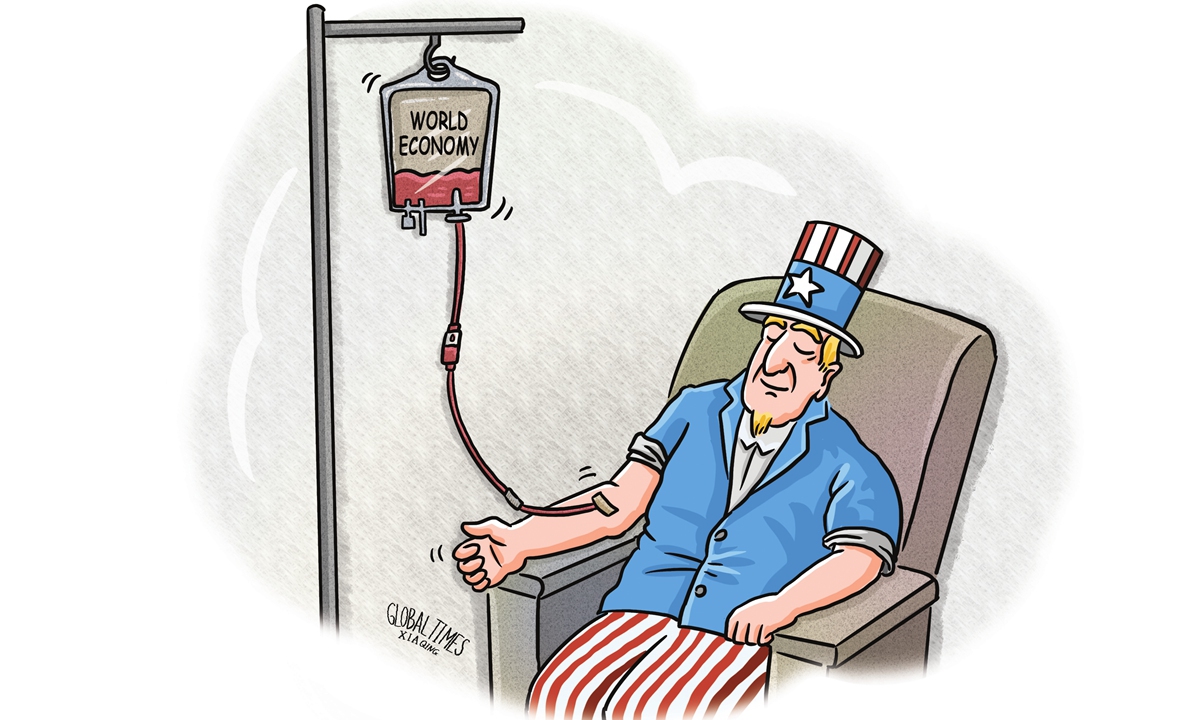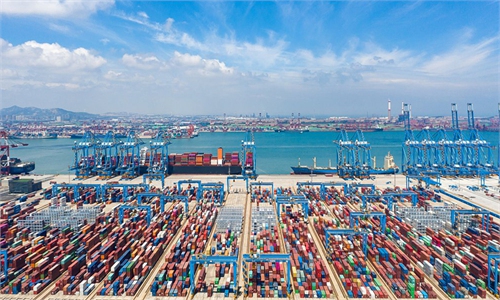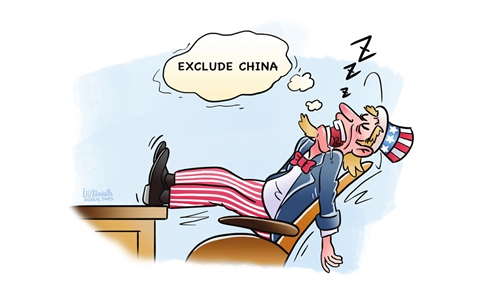
Illustration: Xia Qing/GT
From Trump to Biden, politicians seem obsessed with bringing manufacturing back to America. Recent speeches by Donald Trump and J.D. Vance indicate that revitalizing US manufacturing would be their top priority if elected.
Washington sounds like a broken record, repeating the same old tune. However, the crucial question remains: Can America turn back the clock on industrialization with its current policies, and what could this mean for the global economy?
Washington prefers extreme measures when it needs a more comprehensive economic strategy that considers all factors and potential consequences. They feel so lost in the polarization of American society and politics that it seems that only by adopting more polarized approaches can the US revitalize itself.
With the US emphasizing manufacturing self-sufficiency; its currency devaluation; engaging globally only when it serves US interests; abandoning the promotion of universal values; and creating a US version of the Belt and Road Initiative to engage with the Global South, some American scholars humorously note that Trump's reindustrialization policy agenda sometimes resembles China's.
While it appears that America is mimicking China's approach, there's a crucial difference. The US is simultaneously trying to boost domestic factories while aggressively suppressing Chinese manufacturing. It's a two-pronged strategy: closing the door on Chinese imports while attempting to revive the industrial-era work ethic at home.
China's strategy relies on self-reliance, developing its manufacturing capabilities through massive government investment, policy support, and talent cultivation, minimizing external dependencies. In contrast, the US strategy involves government intervention and investment to promote domestic manufacturing while using trade barriers and technology blockades to hinder China's rise in manufacturing. The US believes that weakening China's manufacturing capabilities is necessary to maintain its global dominance in the sector.
But what's the reality? Will imposing tariffs on Chinese goods magically entice young people in the Rust Belt to put down their smartphones and join assembly lines? Unlikely. America can't produce goods as cheaply and efficiently as China. Also, US supply chains are as tangled as a pair of earbuds in your pocket.
Ironically, this economic offensive is most likely to backfire on American consumers. Rising prices at Walmart? Not a vote-winner.
In today's global economy, trying to succeed by making others fail is a player who doesn't follow the rules.
The US and China are the world's two largest economies, deeply interconnected in trade, technology, finance, as well as many other areas. This interconnectedness underscores the complexity of the situation. Completely "crushing" the world's second-largest economy would severely impact the target country and negatively affect the aggressor.
Therefore, completely severing economic ties or severely suppressing the other's development is practically unfeasible, given the intricate web of global economic relationships.
China's success in manufacturing relies not just on state investment and policy support but, more importantly, on its people's diligence and learning spirit and its proactive integration into the global manufacturing system. It's not about closing doors, building walls or tripping up competitors.
This is a lesson the US can learn from. If Washington really wants to learn from China's experience, it needs a more comprehensive understanding of why China is rising in this rapidly changing global economy.



